Nuclear Source
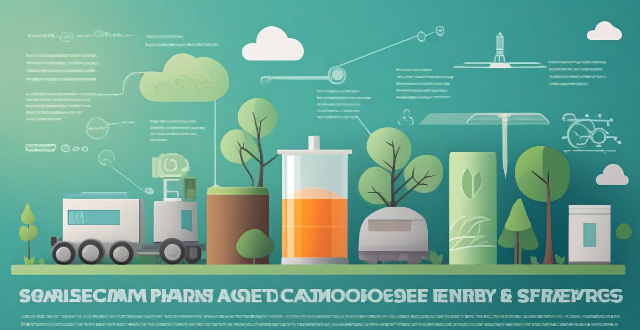
What role can nuclear power play in providing alternative energy solutions ?
Nuclear power is a low-carbon energy source that can contribute significantly to providing alternative energy solutions. It offers several advantages, such as low carbon emissions, high energy density, diverse fuel sources, waste management capabilities, economic benefits, job creation, and energy security. With its potential to reduce carbon emissions and mitigate climate change, nuclear power can play a crucial role in meeting our energy needs while also contributing to environmental sustainability.
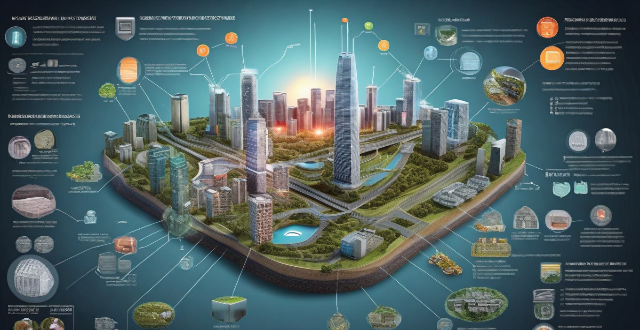
What is the future of nuclear energy in the energy market ?
The future of nuclear energy is promising, as it has advantages such as low carbon emissions, high energy density and baseload power. However, challenges like safety concerns, waste disposal, and high costs must be addressed. Increasing demand for clean energy, advances in technology, and integration with renewable sources can drive the growth of nuclear energy in the future.

How does the use of nuclear energy impact radiation levels in the environment and what measures are taken to mitigate this ?
This article discusses the impact of nuclear energy on radiation levels in the environment, highlighting the release of radioactive materials through air emissions, liquid discharges, and solid waste disposal. It also outlines mitigation measures taken at different stages of the nuclear fuel cycle, including design and construction, operation and maintenance, waste management, and decommissioning and site restoration. The article emphasizes that significant measures are taken to ensure the safe and reliable use of nuclear energy as a source of power.

What are the potential benefits and drawbacks of nuclear power in terms of climate change and energy security ?
Potential Benefits of Nuclear Power: - Low carbon emissions during operation, contributing to climate change mitigation. - High energy density of uranium enhances energy security by reducing reliance on imported fuels. - Ability to provide stable baseload power ensures reliability and energy security. Potential Drawbacks of Nuclear Power: - Significant GHG emissions from mining, refining uranium, plant construction, and decommissioning. - Long-lived radioactive waste poses challenges for climate change mitigation and environmental safety. - Risk of meltdowns and nuclear proliferation undermines energy security.
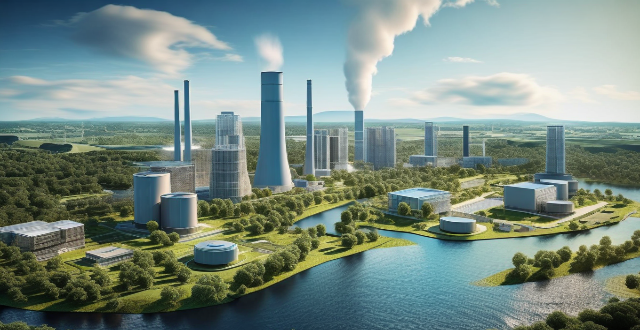
How effective is solar power as an alternative energy source ?
Solar power is a sustainable and environmentally friendly energy source with decreasing costs and increasing efficiency due to technological advancements.

Can hydroelectric power be considered a renewable energy source ?
Hydroelectric power is often considered renewable due to its reliance on the water cycle, but debates exist over its classification. Advantages include being a renewable resource, having low emissions, and providing energy storage. Disadvantages involve ecosystem impacts, community displacement, and siltation/erosion issues. The definition of "renewable" influences whether hydroelectric power is seen as truly renewable, with varying priorities leading to differing conclusions.
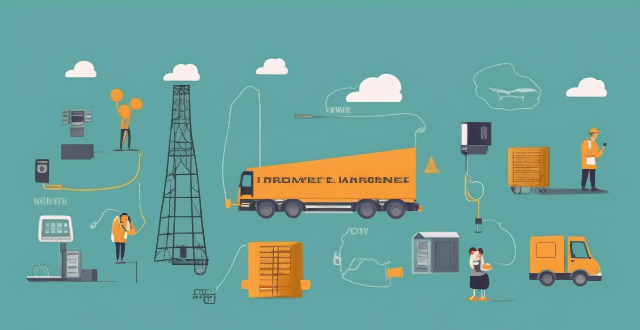
How important is it to have a backup power source in case of emergencies ?
The importance of having a backup power source in case of emergencies is crucial in today's world where we rely heavily on electricity. A backup power source can prevent data loss, maintain essential services, ensure safety, reduce downtime, and improve quality of life during power outages. There are various types of backup power sources available, including UPS, generators, solar power systems, and battery backups. Investing in a backup power source is an investment in peace of mind and preparedness for any emergency situation.

Can a Series Hybrid Electric Vehicle be charged by an external power source ?
Series HEVs can be charged by an external power source, which offers benefits like increased range and reduced emissions. To charge a series HEV using an external power source, you will need a compatible charging station or outlet. Most series HEVs come with a standard charging cord that can be plugged into a household outlet or a dedicated charging station.
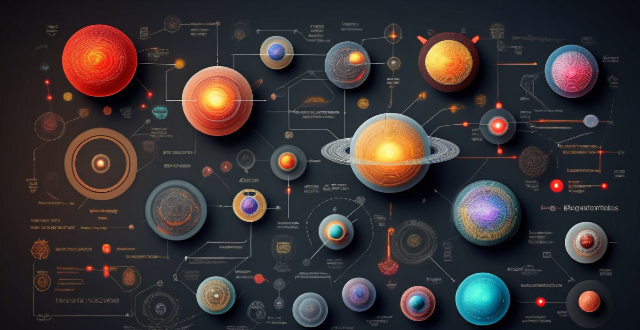
What are some emerging technologies or materials being developed for improved radiation protection ?
This article discusses various emerging technologies and materials being developed to improve radiation protection, including advanced shielding materials like nanomaterials and metal-organic frameworks (MOFs), smart detection systems for real-time monitoring and machine learning-powered analysis of radiation levels, personal protective equipment (PPE) such as next-generation spacesuits and radiation-resistant clothing, medical countermeasures like radioprotectants and gene therapy, and nuclear waste management solutions like Synroc and glassification. These advancements aim to enhance safety and security in environments where radiation is a concern, across sectors such as nuclear power generation, medical applications, space exploration, and nuclear waste management.

Can you explain the concept of "radiation shielding" and its importance in radiation protection ?
Radiation shielding plays a critical role in radiation protection by using materials to absorb or deflect harmful radiation, thus reducing exposure levels. This concept is essential in industries such as nuclear power generation, medical imaging, and space exploration, where high radiation levels pose risks. Radiation shielding is important for human health protection, safety in nuclear facilities, medical applications, space exploration, and environmental conservation. Various materials are used for radiation shielding, including lead, concrete, water, polyethylene, tungsten, and boron, each effective against specific types of radiation.
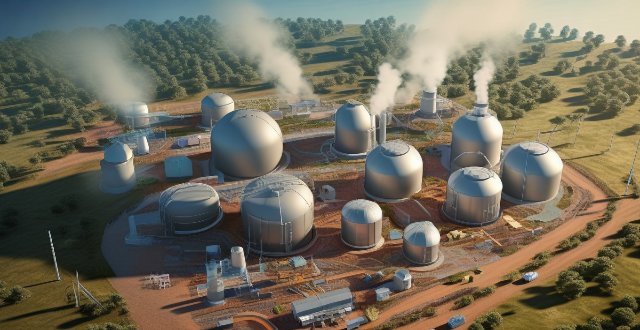
What is the current state of fusion power research and its potential as an ultimate renewable energy source ?
Fusion power research aims to harness energy from fusing atomic nuclei, similar to the sun's process. Key developments include the ITER project, breakthroughs in magnetic confinement fusion, and advances in inertial confinement fusion. Challenges include technical hurdles, economic viability, and safety concerns. Fusion power has potential as an ultimate renewable energy source due to its unlimited and clean energy production, minimal environmental impact, and long-term sustainability.

What are the current advancements in interstellar exploration technology ?
The text discusses the current advancements in interstellar exploration technology. The main topics include the Breakthrough Starshot project, which aims to propel tiny spacecraft to Alpha Centauri using powerful lasers on Earth; warp drive technology that could allow faster-than-light travel by manipulating space-time; ion propulsion systems already used in deep space missions and capable of long-duration missions; and nuclear propulsion systems potentially offering higher speeds than chemical propulsion systems but with safety concerns. These technologies offer hope for humanity's future as an interstellar species.

What are the most effective ways to protect against radiation exposure ?
Radiation exposure can be harmful to our health, and it is essential to take measures to protect ourselves from its effects. Here are some of the most effective ways to protect against radiation exposure, including using shielding materials, maintaining a safe distance, wearing protective clothing, following safety guidelines, getting regular check-ups, eating a healthy diet, and staying informed.

What policies and technologies are needed to transition to a low-carbon energy system that ensures energy security ?
Policies and Technologies for Low-Carbon Energy Transition: To transition to a low-carbon energy system that ensures energy security, a combination of policies and technologies is required. Here are some key elements: Policies: Renewable Energy Targets: Governments should set ambitious targets for renewable energy generation and implement policies to support their achievement. Carbon Pricing: Implementing a carbon pricing mechanism, such as a carbon tax or cap-and-trade system, can help to internalize the external costs of fossil fuel use and make renewable energy more competitive. Energy Efficiency Standards: Setting minimum energy efficiency standards for appliances, buildings, and industrial processes can reduce energy demand and lower greenhouse gas emissions. Research and Development Funding: Investing in research and development for low-carbon technologies can help to drive innovation and bring down the cost of clean energy solutions. Electricity Market Reforms: Reforming electricity markets to better integrate variable renewable energy sources, such as wind and solar power, can improve grid stability and reliability while reducing emissions. Technologies: Renewable Energy Sources: Investing in renewable energy sources, such as solar, wind, hydro, geothermal, and biomass, is essential for decarbonizing the energy system. Energy Storage: Developing energy storage technologies, such as batteries, pumped hydro storage, or compressed air energy storage, can help to balance supply and demand in an increasingly renewable-powered grid. Smart Grids: Deploying smart grid technologies can improve the efficiency and flexibility of electricity systems, enabling better integration of distributed energy resources and demand response capabilities. Nuclear Power: While controversial, nuclear power can provide a low-carbon source of baseload electricity that complements variable renewable sources. Ensuring safety and waste management issues are addressed is crucial. Carbon Capture and Storage (CCS): CCS technology can capture CO2 emissions from fossil fuel power plants and store them underground, reducing overall greenhouse gas emissions from the power sector. Electric Vehicles (EVs): Promoting the adoption of electric vehicles can significantly reduce transportation-related emissions by replacing fossil fuel-powered vehicles with those powered by renewable electricity. Heat Pumps and District Heating: Heat pumps and district heating systems can provide efficient ways to heat buildings using renewable energy sources, reducing reliance on fossil fuels for heating needs.

What are some innovative technologies being developed to address climate change ?
The article provides a summary of innovative technologies being developed to address climate change. These include renewable energy sources such as solar, wind, hydroelectric, and geothermal power; carbon capture and storage (CCS) methods like post-combustion capture, oxy-fuel combustion, and pre-combustion capture; electric vehicles (EVs); smart grid technology; nuclear fusion; afforestation and reforestation; and green building design. These technologies aim to reduce greenhouse gas emissions, increase energy efficiency, and promote sustainable practices in order to combat climate change and transition towards a more sustainable future.

Can geothermal energy be a major source of power in colder climates ?
Geothermal energy, derived from the Earth's natural heat, can be a significant power source in colder climates. Key considerations include the availability of geothermal resources, technology and infrastructure, economic feasibility, environmental impact, and societal and regulatory factors. Challenges such as permafrost and public acceptance can be addressed through careful planning, technological innovation, and effective policy measures. If these factors are favorably aligned, geothermal energy could play a significant role in meeting the energy demands of colder regions while contributing to global efforts to combat climate change.
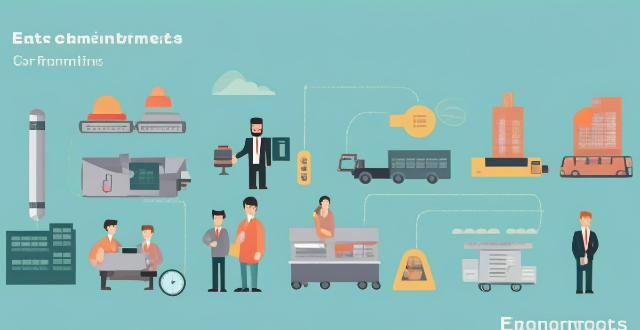
Can carbon credits be a sustainable source of income for developing countries ?
The article explores the potential of carbon credits as a sustainable source of income for developing countries, highlighting their benefits in revenue generation, sustainable development, and international cooperation. However, it also underscores the challenges such as market volatility, implementation complexities, and ensuring environmental integrity. The conclusion emphasizes that with robust frameworks and transparent monitoring, carbon credits can be a cornerstone of sustainable development strategies for developing countries.

Can ecological taxes be a sustainable source of revenue for governments ?
Ecological taxes can be a sustainable source of revenue for governments if implemented effectively. They promote environmental sustainability, generate revenue, and encourage innovation. However, challenges such as industry resistance, impact on low-income groups, and setting the right tax rate need to be addressed through careful policy design and public engagement.
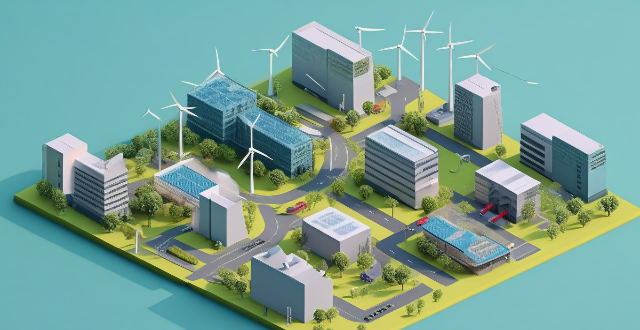
What innovative technologies are being developed to counteract climate change ?
Innovative technologies being developed to combat climate change include carbon capture and storage, renewable energy sources such as solar, wind, hydroelectric, and geothermal power, electric vehicles with advanced battery technology, smart grids, artificial photosynthesis, biofuels, nuclear power, geoengineering, green building design, afforestation and reforestation, sustainable agriculture, waste management and recycling, blue-green infrastructure, circular economy practices, digital innovations in energy management, eco-friendly transportation options, solar fuels, and strategies to mitigate urban heat island effects. These approaches aim to reduce greenhouse gas emissions, enhance energy efficiency, and promote the use of sustainable resources to address global warming and its impacts on the environment.
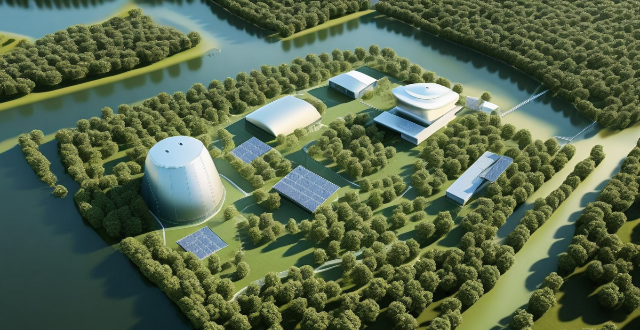
What technological advancements have been discussed or promoted at climate summits ?
Technological advancements discussed at climate summits include renewable energy technologies (solar, wind, hydroelectric power), energy efficiency and conservation measures (building design, transportation, industry), carbon capture and storage (CCS), nuclear power, agroecology and sustainable land use practices (regenerative agriculture, forest management, sustainable fisheries), and green finance and investment (green bonds, green banks, climate risk assessment). These strategies aim to mitigate the effects of climate change by reducing greenhouse gas emissions and promoting sustainable development.
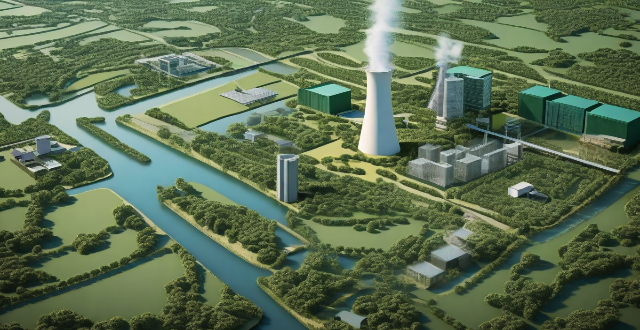
How does geothermal energy work and is it a viable alternative energy source ?
Geothermal energy is a renewable and sustainable source of energy that harnesses the natural heat from within the Earth's crust. This energy is obtained by drilling wells into the Earth's crust, where the heat is transferred to water or another fluid in a heat exchanger. The heated fluid then spins a turbine to generate electricity. There are three main types of geothermal power plants: dry steam, flash steam, and binary cycle. While geothermal energy has many benefits, including being renewable, cost-effective, and abundant in certain areas, it also comes with high upfront costs and location limitations. Additionally, there are environmental impacts associated with its use, such as potential contributions to earthquakes and impacts on local ecosystems. Despite these challenges, geothermal energy remains a valuable addition to our portfolio of renewable energy sources.
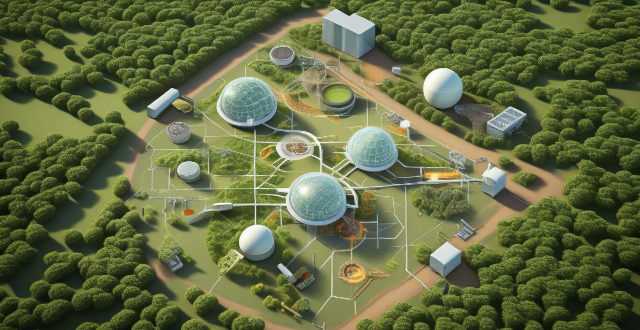
What technological advancements are necessary for the successful establishment of a lunar base ?
Establishing a lunar base requires technological advancements in areas such as life support, energy production, habitat construction, transportation, communication, health monitoring, and extravehicular activity. Innovations like advanced recycling systems, hydroponics for food production, solar power, nuclear energy, 3D printing of habitat components, radiation shielding, rugged vehicles, high-speed internet, automation, telemedicine, improved spacesuits, and specialized tools are essential for creating a sustainable and efficient lunar habitat.
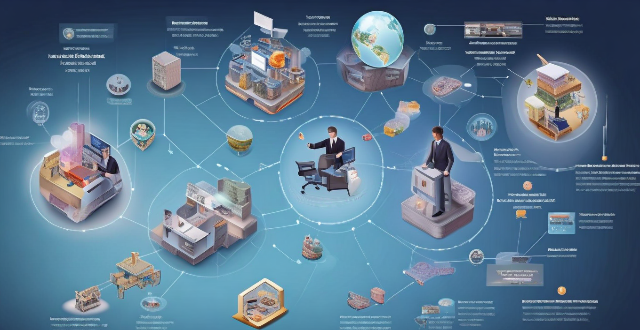
What challenges need to be overcome to create a sustainable lunar base ?
Building a sustainable lunar base presents significant challenges in logistics, environment, technology, and human factors. These include reliable transportation, remote construction, surviving extreme conditions, power generation, effective communication, habitability concerns, health care, and team dynamics. Addressing these issues will require innovative solutions and international collaboration, ultimately paving the way for deeper space exploration.

What are the challenges in developing and implementing tidal power as an alternative energy source ?
Tidal power is a promising alternative energy source that harnesses the energy of ocean tides to generate electricity. However, its development and implementation face several challenges, including technical, environmental, economic, and social aspects. Technical challenges involve efficiency and reliability issues with turbine design, maintenance, and power transmission. Environmental challenges include potential impacts on marine life and water quality. Economic challenges involve high upfront costs and market competitiveness. Social challenges encompass community acceptance, legal and regulatory hurdles, and local economy impacts. Addressing these multifaceted challenges is crucial for the successful development and implementation of tidal power on a larger scale.

How do I cite sources in academic writing ?
The text discusses the importance of citing sources in academic writing and provides guidelines on how to do so. It emphasizes the need to choose a citation style that aligns with the requirements of the discipline or institution, use in-text citations appropriately, create a reference list or bibliography, potentially use footnotes or endnotes, and maintain consistency throughout the paper. The text also includes an example of citing sources in APA style.

How do hydrogen fuel cells work and are they a practical alternative energy source ?
Hydrogen fuel cells are devices that convert the chemical energy of hydrogen into electricity. They consist of an anode, cathode, electrolyte, and external circuit. The process involves splitting hydrogen into protons and electrons at the anode, moving protons through the electrolyte, moving electrons through the external circuit, combining protons and electrons with oxygen at the cathode to form water, and producing heat. Hydrogen fuel cells are renewable, have high energy density, zero emissions, and versatile applications. However, they face challenges such as high cost, limited infrastructure, and safety concerns.